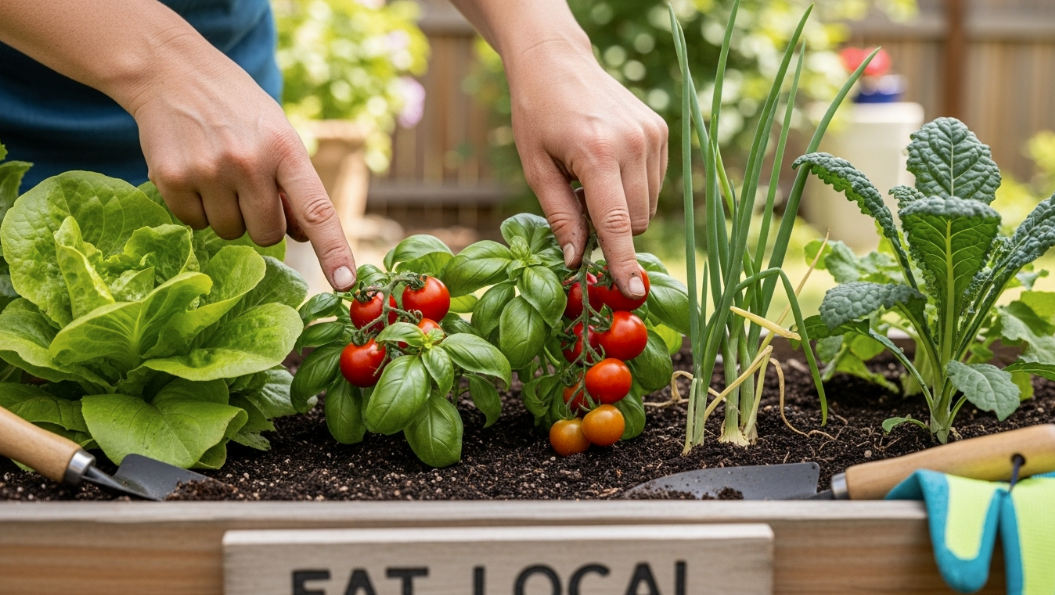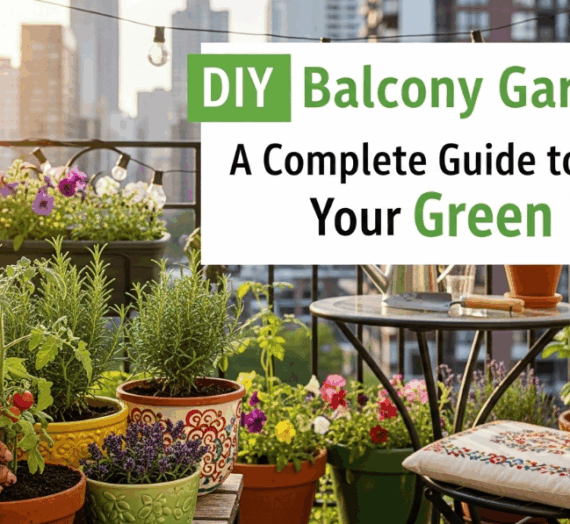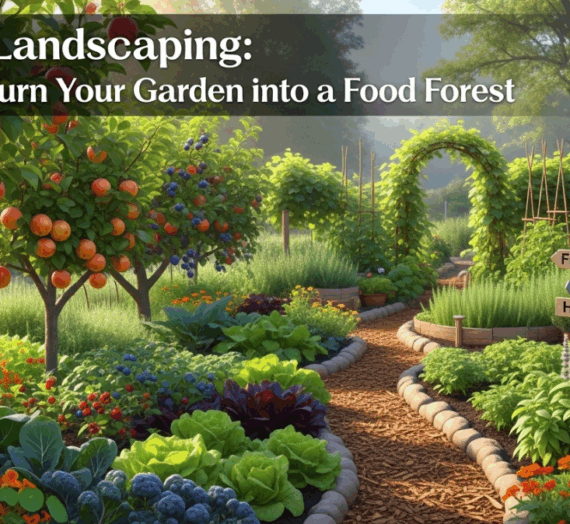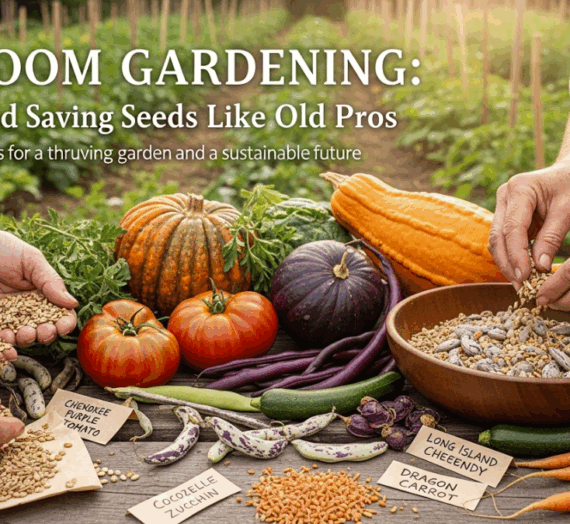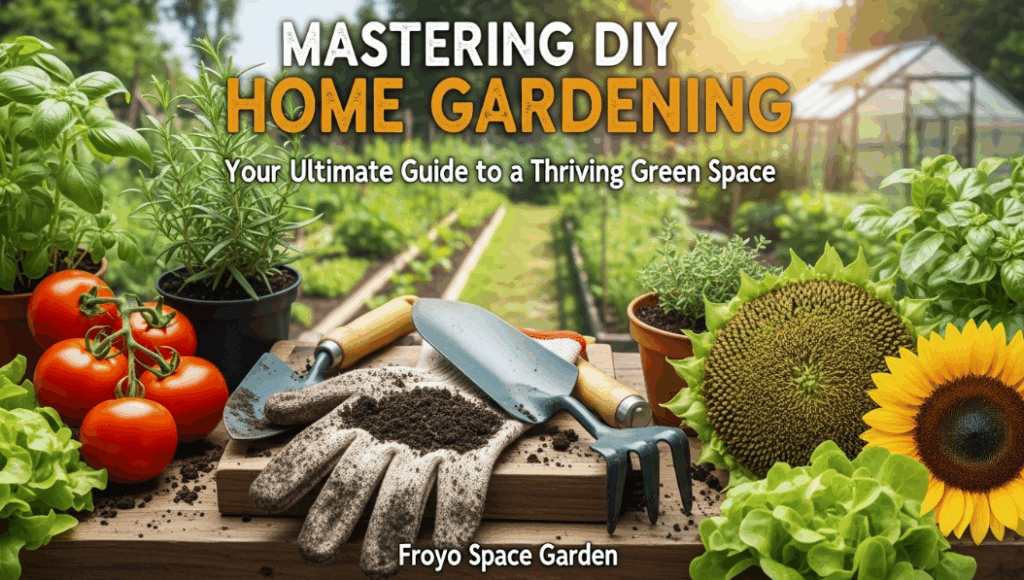
Introduction: Cultivate Your Green Thumb with DIY Home Gardening
Ever dreamt of stepping into your backyard and plucking fresh, organic produce or admiring vibrant blooms you’ve grown yourself? DIY home gardening isn’t just a hobby; it’s a rewarding journey that connects you with nature, enhances your well-being, and can even save you money. Whether you have a sprawling yard, a small balcony, or just a sunny windowsill, the world of home gardening is accessible to everyone. This comprehensive guide will equip you with the knowledge and confidence to transform your space into a thriving green oasis. We’ll cover everything from choosing the right plants to tackling common challenges, ensuring your DIY home gardening endeavors are successful and enjoyable. Get ready to dig in and discover the immense satisfaction of growing your own!
The beauty of DIY home gardening lies in its versatility. You can tailor your garden to your preferences, whether that’s a bountiful vegetable patch, a fragrant herb garden, or a stunning array of ornamental flowers. Beyond the aesthetic appeal, cultivating your own garden offers numerous benefits, including access to fresher, healthier food, stress reduction, and a deeper appreciation for the natural world. Let’s embark on this exciting journey together, demystifying the process and empowering you to create the garden of your dreams. For more about benefits of home gardening, see Google search on benefits of home gardening or Bing search on benefits of home gardening.
Planning Your DIY Home Garden: Foundation for Success




Before you even think about getting your hands dirty, a little planning goes a long way in DIY home gardening. This initial phase is crucial for ensuring your efforts bear fruit (literally!). Consider the following key aspects to set your garden up for success:
Assessing Your Space and Sunlight
The first step is to understand your available space. Are you working with a large backyard, a compact patio, raised garden beds, or just containers? Next, and perhaps most critically, observe the sunlight patterns in your chosen area. Most vegetables and flowering plants require at least 6-8 hours of direct sunlight daily to thrive. Spend a day or two tracking how the sun moves across your intended garden spot. Areas receiving full sun are ideal for most fruiting plants like tomatoes, peppers, and most flowers. Partial sun (3-6 hours) might be suitable for leafy greens, herbs, and some shade-tolerant flowers. Understanding your light conditions is paramount for successful DIY home gardening.
Choosing the Right Plants for Your Climate and Skill Level
Once you know your sun exposure, it’s time to select your plants. Research what grows well in your specific climate zone. Local nurseries are excellent resources for this, as they typically stock plants suited to your region. For beginners in DIY home gardening, it’s often best to start with easy-to-grow plants. Vegetables like lettuce, radishes, bush beans, and herbs such as basil and mint are generally forgiving. For flowers, consider marigolds, zinnias, or sunflowers. As you gain experience, you can gradually introduce more challenging varieties. Remember to also consider the mature size of your plants to avoid overcrowding.
Soil Preparation: The Heart of Your Garden
Healthy soil is the foundation of any successful DIY home garden. Don’t skimp on this step! If you have existing garden beds, consider a soil test to understand its composition and nutrient deficiencies. Generally, enriching your soil with organic matter is beneficial. Amend heavy clay soils with compost and sand to improve drainage, and add compost to sandy soils to improve water retention and nutrient availability. For container gardening, use a high-quality potting mix specifically designed for the plants you’re growing. Well-draining, nutrient-rich soil will provide your plants with the best possible start.
Essential Techniques for Thriving DIY Home Gardens
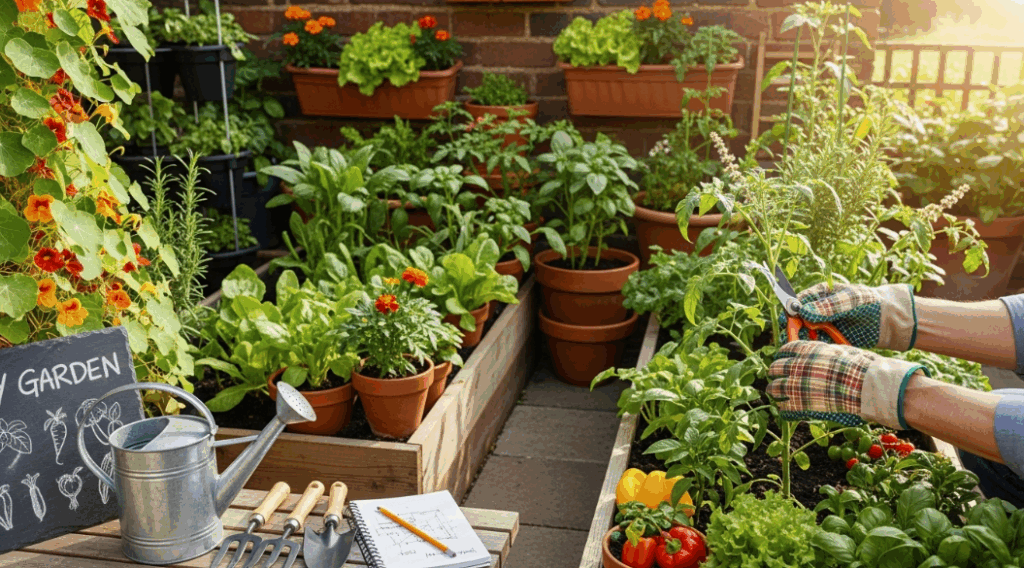



With your garden planned and soil prepared, it’s time to delve into the practical aspects of nurturing your plants. These core techniques are vital for a healthy and productive DIY home garden.
Planting and Watering Wisdom
When planting, ensure you follow the recommended spacing on seed packets or plant tags. Proper spacing allows for adequate air circulation and nutrient absorption, reducing the risk of disease. Watering is perhaps the most critical daily task. The general rule of thumb is to water deeply and less frequently, encouraging roots to grow deeper into the soil. Check the soil moisture before watering; stick your finger about an inch or two into the soil – if it feels dry, it’s time to water. Avoid overhead watering, which can promote fungal diseases, and instead aim to water the base of the plant. Consistency is key for optimal growth in DIY home gardening.
Pest and Disease Management: Natural Solutions
Pests and diseases are an inevitable part of gardening, but many can be managed with organic and natural methods. Regular inspection of your plants will help you catch issues early. Hand-picking larger pests like slugs and caterpillars is effective. Introducing beneficial insects, such as ladybugs and lacewings, can help control aphid populations. For fungal issues, ensure good air circulation and avoid overwatering. Neem oil and insecticidal soaps are excellent organic options for controlling various pests. Remember, a healthy plant is more resistant to problems, so focus on providing optimal growing conditions in your DIY home garden.
Weeding and Fertilizing Strategies
Weeds compete with your plants for water, nutrients, and sunlight, so regular weeding is essential. Mulching with organic materials like straw, wood chips, or shredded leaves is an excellent way to suppress weeds, conserve soil moisture, and regulate soil temperature. As your plants grow, they’ll deplete nutrients from the soil. Replenishing these nutrients through fertilizing is crucial. Opt for organic fertilizers like compost tea, fish emulsion, or balanced granular organic fertilizers. Always follow the package directions to avoid over-fertilizing, which can harm your plants. Consistent care, including weeding and appropriate fertilizing, will greatly contribute to the success of your DIY home gardening.
| Key Technique | Summary |
|---|---|
| Space & Sunlight | Assess garden location and ensure 6-8 hours of sunlight for most plants. |
| Plant Selection | Choose plants suited to climate and beginner skill level. |
| Soil Preparation | Test soil, amend with organic matter, use quality potting mix for containers. |
| Watering | Water deeply, avoid overhead watering, maintain consistent moisture. |
| Pest Control | Use natural methods like beneficial insects, neem oil, and hand-picking. |
| Weeding & Fertilizing | Regularly weed, mulch, and fertilize with organic products. |
Harvesting and Enjoying Your DIY Home Garden Yield
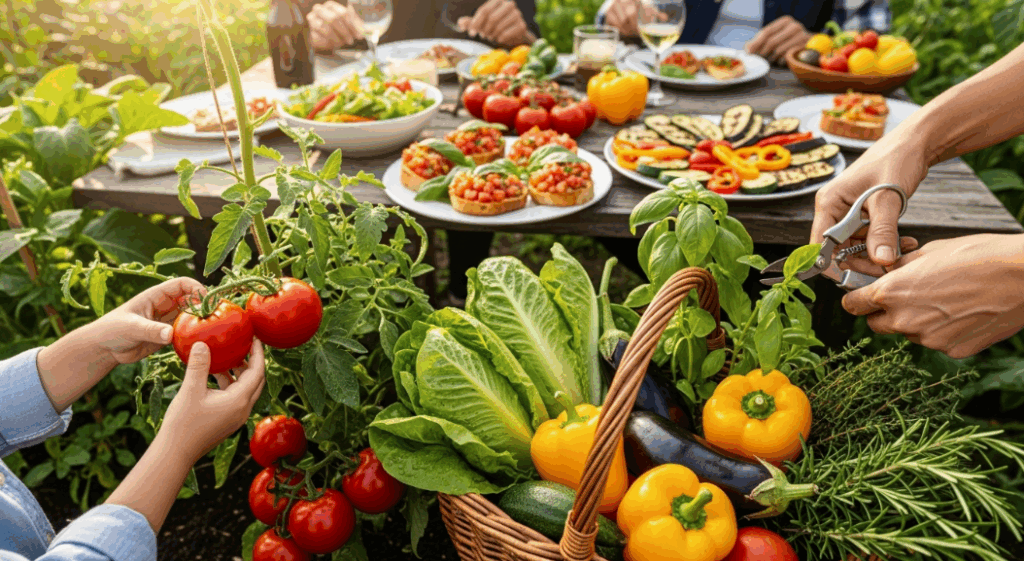
The most rewarding part of DIY home gardening is the harvest! Knowing when and how to harvest your produce ensures the best flavor and encourages further production.
Knowing When to Harvest
Each plant has its ideal harvest time. For vegetables like lettuce and spinach, you can often do a “cut and come again” harvest, taking outer leaves as needed. Tomatoes and peppers are best picked when fully colored and firm. Root vegetables like carrots and radishes are ready when they reach their mature size. Herbs can be harvested regularly to encourage bushier growth. Understanding these timing cues is essential for maximizing your yield and enjoyment from your DIY home garden. Regularly check your plants for ripeness and don’t be afraid to taste-test!
Preserving Your Bounty
If your DIY home garden yields more than you can consume fresh, consider preserving your harvest. Freezing, canning, drying, and pickling are all excellent ways to enjoy your homegrown produce long after the growing season has ended. Imagine savoring your own sun-dried tomatoes in winter or homemade pickles from your garden! This not only extends the enjoyment of your hard work but also provides a sustainable way to enjoy fresh, organic food year-round. Sharing your excess with friends and family is another wonderful way to celebrate your gardening success.
The journey of DIY home gardening is continuous learning. Each season brings new challenges and new triumphs. Embrace the process, learn from your experiences, and most importantly, enjoy the incredible satisfaction of growing your own food and flowers. The health benefits, the connection to nature, and the sheer joy of creating something beautiful and productive are immeasurable.
Conclusion: Your Green Oasis Awaits with DIY Home Gardening
Embarking on a journey of DIY home gardening is more than just planting seeds; it’s about cultivating a connection with nature, fostering a sense of accomplishment, and enjoying the freshest produce right from your backyard. We’ve covered the essential steps, from meticulous planning and soil preparation to nurturing techniques like proper watering, pest control, and timely harvesting. Remember, every successful garden starts with a single seed and a willingness to learn and adapt. Don’t be discouraged by minor setbacks; they are part of the natural learning curve. The rewards of a thriving home garden far outweigh any challenges, providing fresh food, beautiful surroundings, and a peaceful sanctuary.
Ready to transform your space and embrace the fulfilling world of home gardening? Start small, be patient, and enjoy every moment of watching your efforts blossom. Your vibrant green space is just a few steps away. Begin your DIY home gardening adventure today and experience the joy of growing your own!
